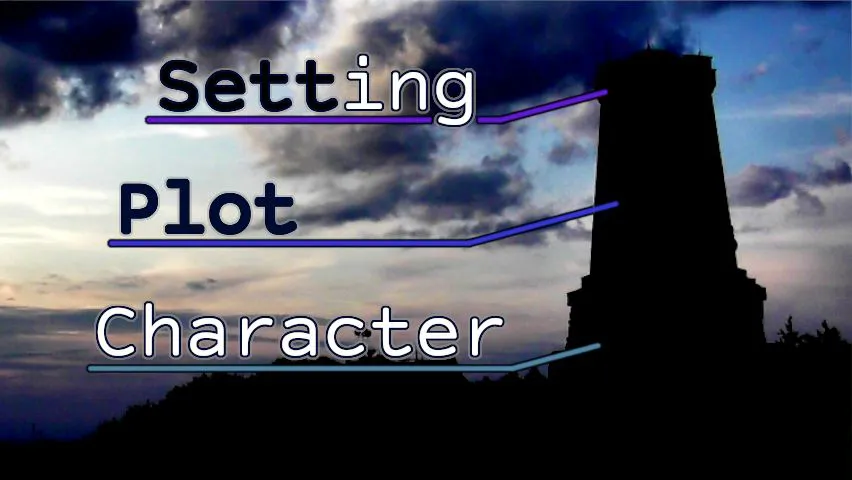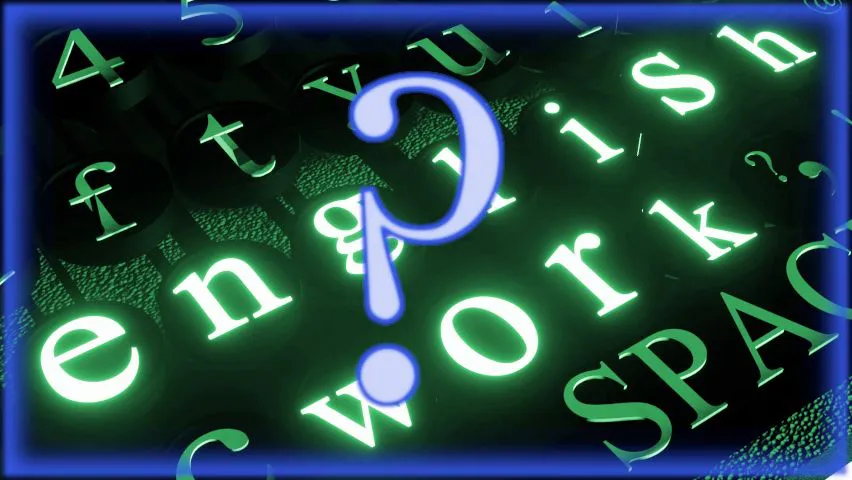How do you structure a story? Do you even need to think of this? I’m sure you’ve seen the triangle thing and the three-parts thing. Is it really necessary? Is there a definable, repeatable structure that creates a successful story?
What it is
A story is defined as an account of imaginary people and events told for entertainment. The function of entertainment is to hold the attention of a person, or group of people, with the reward of some kind of sense of achievement or delight or pleasure.
In essence, a story is the manipulation of human emotion. It works through the psychology of the reward system mainly, although it’s not just to make people feel good. Naah, not all stories are happy stories. It’s about giving an emotional experience more than just giving a ‘happy’ experience.
The experience and the audience make the entertainment. The need for entertainment and the writer make the story. You need to understand how entertainment works, and you do that by understanding the audience – how people think, how they react, how they feel – and the emotional triggers.
There’s countless things you can do, any number of things you should do, a few things you ought to do – but nothing you have to do – to create this effect. This series is to be a guide of how you can build up a story to be effective, emotionally.
What do the majority of stories share? There’s setting and theme and genre and all kinds of stuff… but most important are your characters and plot. At its heart, that’s what makes a story. You can worry about slipping in an ‘overreaching discourse on the disillusionment of capitalism’ or whatever when you understand this process more.
How-to
Characters and plot go nicely together, and there’s even a lot of argument as to which is more important of the two. The answer, of course, is that they’re both as important as the other. It’s like asking whether the car’s engine is more important than the steering wheel or not!
It’s hard to put together a plot if you don’t know the players (especially the protagonist) and it’s equally hard to properly craft a realistic character when you don’t know the first thing about the story they’re going to be a part of. They develop together.
To get an emotional ‘reward’, there has to be an emotional ‘investment’. The protagonist, the main character, is your reader’s emotional connection to the story. As we mentioned in the ‘Hopping Heads’ article, we connect deeper to the main character than any other character (or anything else in the story, especially when the narrative is expressly through their experience) and it’s through the character’s personality we get that connection.
Their personality is revealed through their interactions with the characters and events of the story, and through how they develop as a person in any character arc they have. The basic idea, then, is to:
- Take a character and create an emotional investment in them
- Put them in a situation of danger/frustration from their goals
- Take us with them on their journey of personal development
Other Elements
We’ll get more into characters and plots in later blogs. Make sure to subscribe to see them! For now, we’ll just take a glance at the main elements of a story, like the antagonist. To put it crudely, the antagonist is the bad guy, the villain.
More accurately, it’s a person – or force, maybe bad weather, hunger, disaster, self-doubt – which acts against, or just in contrast, to the goals of the main character. It needs to be something which can’t be easily brushed aside, so the main character would need to put genuine effort into overcoming the antagonist.
The setting is where your plot is to take place, and the style is how the story’s written. The term ‘genre’ can usually be given to the style and the setting together (though it also includes other elements, such as character archetypes, plot, message…) but mostly, it’s the setting and the style.
The setting should reflect the plot, add to it, enhance the mood and vibe.
Think about the ideas a certain location creates, be it a busy city, a medieval town, a post-apocalyptic wasteland… The style can come from your own way of writing, although there are ways of writing which conform to a particular style. Noir stories tend to be very vivid with a minimum amount of description, romance stories tend to linger on… ohh, the soft touch, the warm sun… it’ll be in a later blog post.
Lastly, we have the message. The moral. The deeper interpretation of what the story’s for. This is optional but it’s way better to have one than to not. A lot of the well-known books have something behind them. It doesn’t have to be perfectly integrated, such as Orwell’s ‘1984’, or as complex as Golding’s ‘Lord of the Flies’. It’s just that a story should be ‘for’ something; not just ‘about’ something.
In the end, the setting, style and plot will have an impact on the story. And just as your plot will try to control the actions of the character, so will the character rebel and influence the path of the plot. They get their own free will, in a way. Don’t fight it, it’s a sign you’ve made them well.
All of these factors come together and decide the opening event, which pushes your main character into action, and how the conflict between the protagonist and the antagonistic elements of the story come into play.
The resolution of this, be it for good or ill, should generate a massive sense of emotion for the reader. It’ll reward them, thank them for reading, and make them thirst for more – for more of your written art.
Conclusion
That’s pretty much it for now. If you want deeper revelations on the craft of writing stories, you’re going to have to subscribe to our website, maybe take a look at our YouTube channel. If you want specific help on your story, need editing or writing, you can look at the ‘Services’ part of our website, or get in touch!



